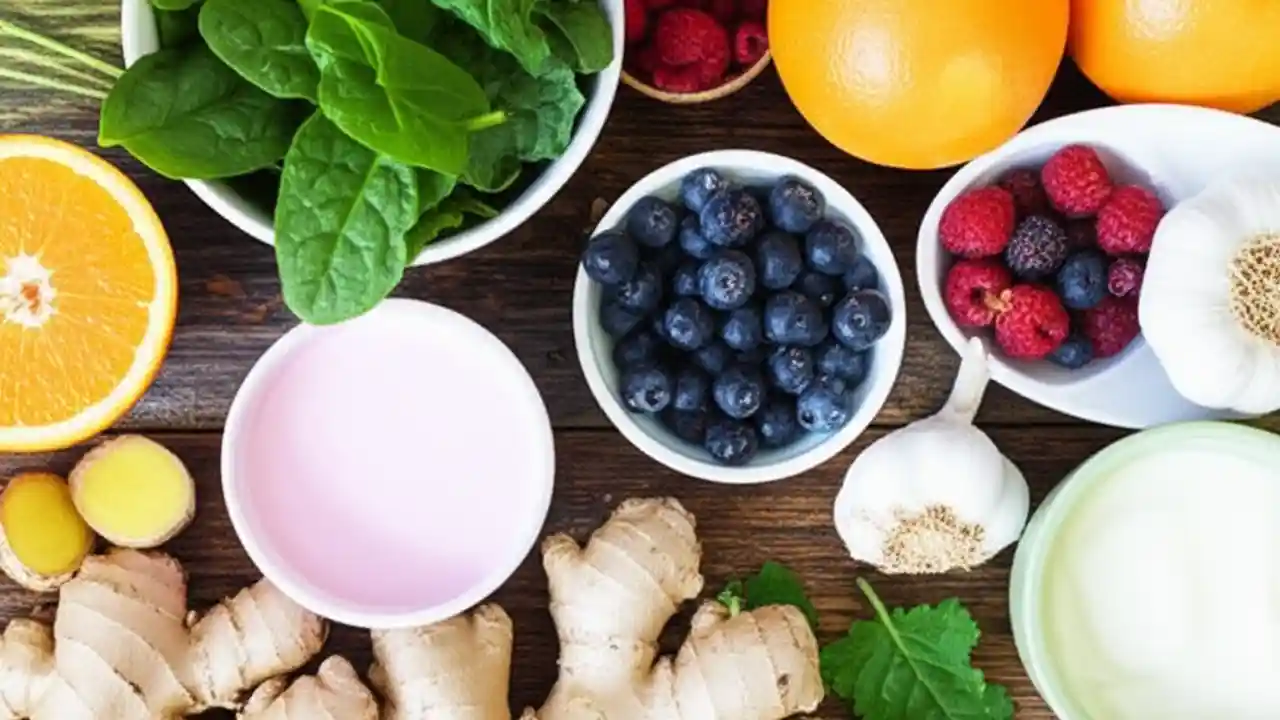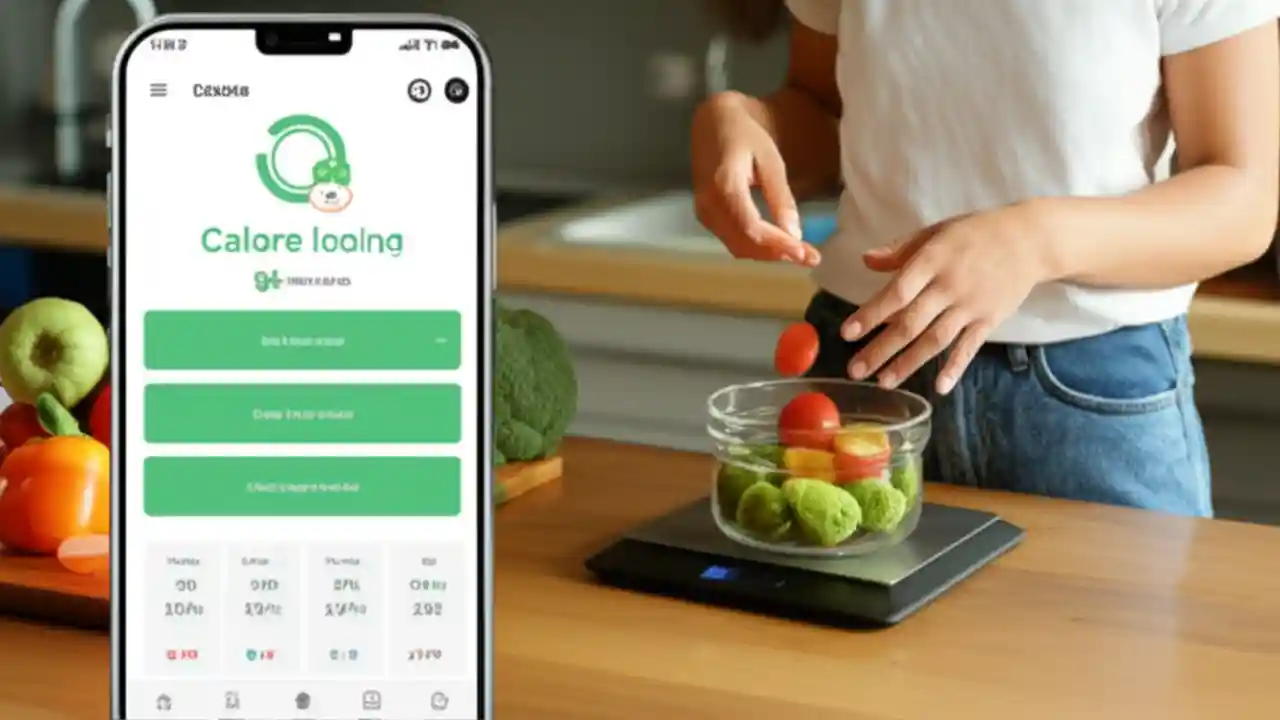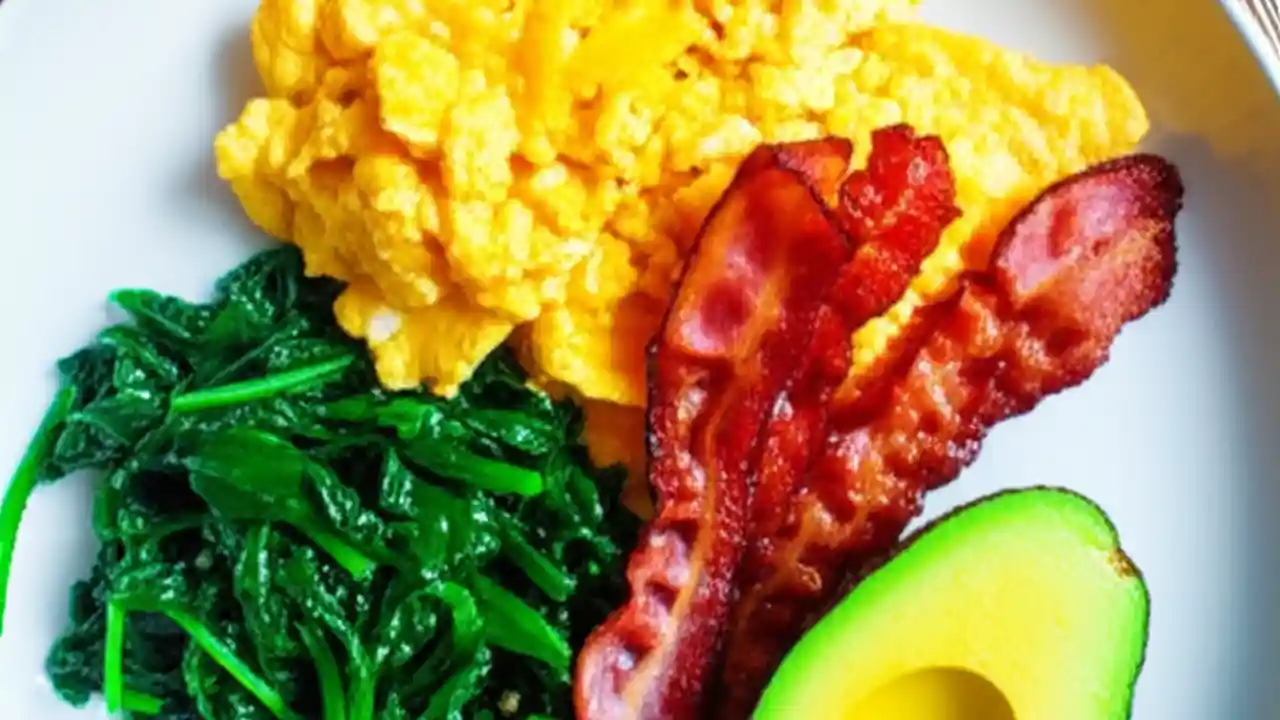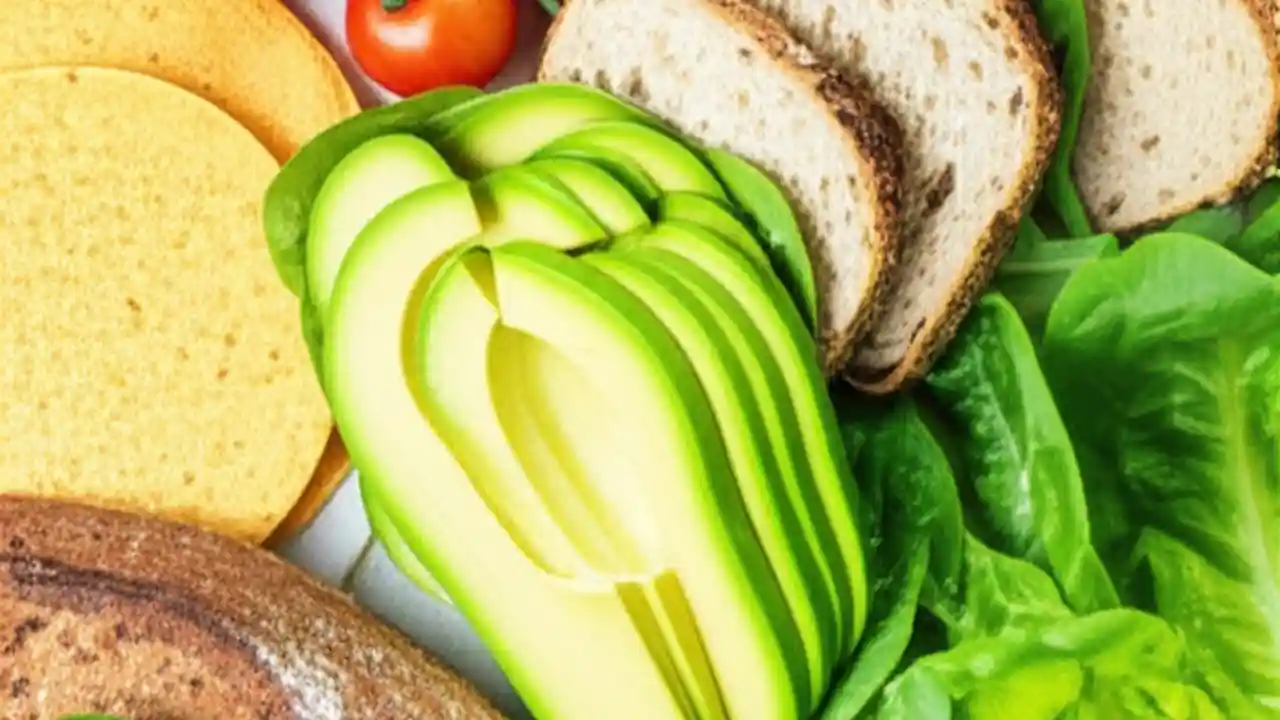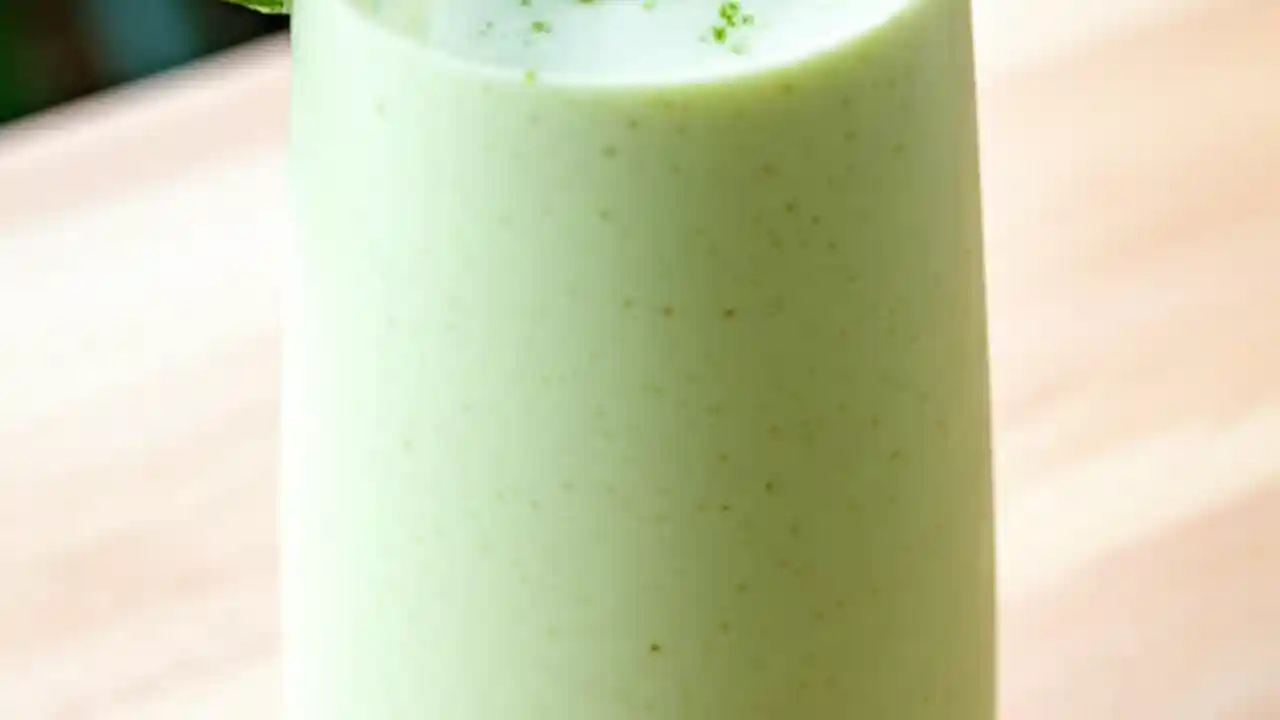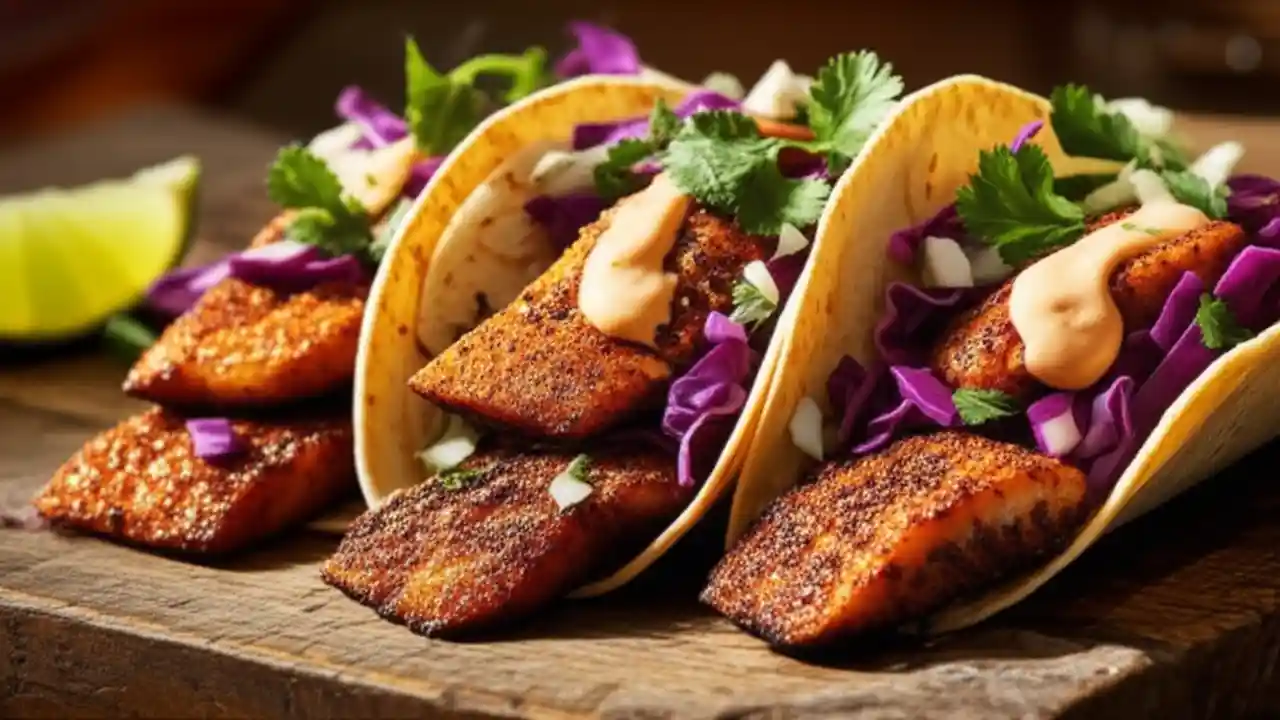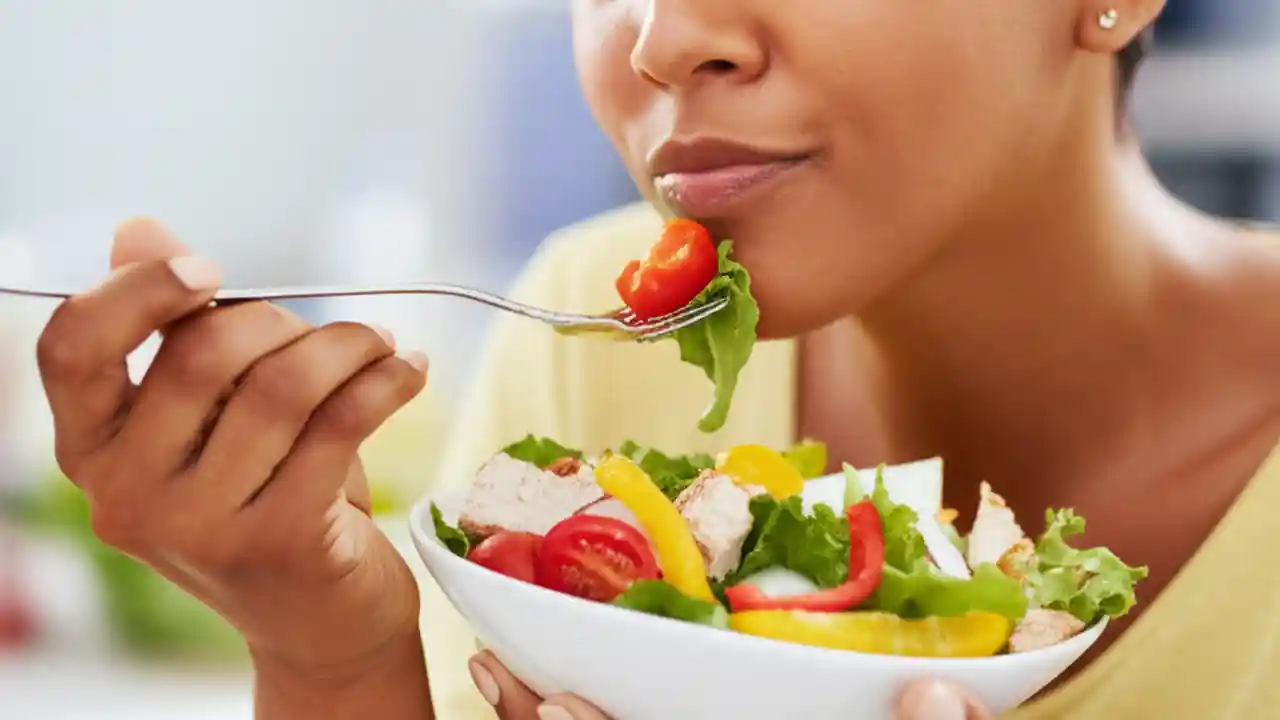Reducing processed food intake significantly boosts overall health, energy levels, and well-being. The key lies in understanding what processed foods are, making gradual, sustainable swaps for whole, nutrient-dense alternatives, and strategically planning meals and snacks. This guide will equip you with practical, actionable tips to navigate the modern food landscape, helping you identify healthier options, overcome common challenges, and build lasting habits for a diet rich in real, unprocessed ingredients.
Table of Contents
Understanding Processed Foods: What They Are and Why They Matter
What exactly qualifies as “processed food”?
The term “processed food” can be confusing because almost all food undergoes some level of processing. Think about it: washing vegetables, grinding coffee beans, or pasteurizing milk are all forms of processing. However, when we talk about reducing “processed food intake,” we’re generally referring to “ultra-processed foods.” These are industrial formulations made mostly from substances extracted from foods (oils, fats, sugar, starch, proteins), or synthesized in laboratories (flavor enhancers, colors, emulsifiers). They often contain little to no whole food ingredients.
A good rule of thumb I often share with clients is to look at the ingredient list. If it’s long, full of unpronounceable chemicals, or includes ingredients you wouldn’t typically find in a home kitchen (like high-fructose corn syrup, hydrogenated oils, or artificial flavors), it’s likely ultra-processed. My own experience has shown that focusing on ingredients, not just calories, is a game-changer.
Why is reducing processed food intake so important for my health?
The health implications of a diet high in ultra-processed foods are far-reaching. These foods are typically high in added sugars, unhealthy fats, and sodium, while being low in fiber, vitamins, and minerals. This nutrient imbalance contributes to a host of chronic diseases. For instance, studies consistently link high consumption of ultra-processed foods to an increased risk of obesity, type 2 diabetes, heart disease, and even certain cancers. From my two decades in this field, I’ve seen firsthand how eliminating these foods can dramatically improve energy, mood, and long-term health markers for individuals.
What are the hidden dangers of highly processed foods?
Beyond the obvious nutritional deficiencies, highly processed foods carry several hidden dangers. They are often designed to be “hyper-palatable,” triggering reward centers in the brain and leading to overconsumption. Their low fiber content means they don’t fill you up, leading to more snacking. Additionally, many contain artificial additives, preservatives, and emulsifiers that can negatively impact gut microbiome health, potentially contributing to inflammation and other systemic issues. It’s not just about what’s missing; it’s also about what’s added that can subtly erode your health over time.
How can I identify processed foods on ingredient labels?
Becoming a label detective is a crucial skill. Here’s a quick guide to what to look for, based on years of advising clients:
- **Length of Ingredient List:** Shorter is usually better.
- **First Few Ingredients:** These are present in the largest amounts. If sugar, refined grains, or unhealthy oils (like soybean or corn oil) are at the top, it’s a red flag.
- **Added Sugars:** Look for words ending in “-ose” (dextrose, fructose, glucose, maltose, sucrose), corn syrup, high-fructose corn syrup, cane sugar, malt syrup, molasses, and fruit juice concentrate.
- **Unhealthy Fats:** Hydrogenated or partially hydrogenated oils (trans fats), refined vegetable oils (soybean, corn, sunflower, safflower oil). Opt for olive, avocado, or coconut oil instead.
- **Artificial Additives:** Artificial colors (e.g., Red 40, Yellow 5), artificial flavors, artificial sweeteners (sucralose, aspartame, saccharin), and excessive preservatives (BHA, BHT).
- **”Natural Flavors”:** While seemingly benign, these can still be highly processed and contain proprietary blends.
My personal trick: if more than half the ingredients are unfamiliar or sound like they belong in a chemistry lab, put it back on the shelf.
Is all processed food bad? (e.g., milk, frozen veggies)
No, absolutely not! This is a common misconception. As mentioned, basic processing like washing, cutting, freezing, and pasteurizing can actually make foods safer, more convenient, and extend their shelf life without significantly compromising their nutritional value. For example:
| Type of Processing | Examples | Impact on Health Goal |
|---|---|---|
| Minimal Processing | Washed and cut vegetables, roasted nuts, canned beans (no added salt), frozen fruits and vegetables, pasteurized milk | Generally beneficial; retains most nutrients and enhances convenience for healthy eating. |
| Basic Processing | Bread (with few ingredients), cheese, plain yogurt, canned fish, dried fruit | Can be part of a healthy diet; check labels for added sugars/unhealthy fats. |
| Ultra-Processing | Soda, chips, sugary cereals, fast food, packaged baked goods, instant noodles | Avoid or limit; high in unhealthy ingredients, low in beneficial nutrients. |
The goal isn’t to eliminate all processed food, but to significantly reduce ultra-processed foods and prioritize minimally processed or whole foods. Frozen vegetables, for instance, are often picked at peak ripeness and flash-frozen, locking in more nutrients than fresh produce that has traveled long distances.
Practical Strategies for Reducing Processed Food Intake
What are easy, healthy swaps for common processed snacks?
Making smart swaps is one of the easiest ways to start. It doesn’t feel like deprivation, but rather an upgrade! Here are some tried-and-true swaps that have worked wonders for my clients:
- **Instead of:** Potato chips, cheese puffs
- **Swap with:** Air-popped popcorn, roasted chickpeas, carrot sticks with hummus, apple slices with nut butter
- **Instead of:** Candy bars, sugary pastries
- **Swap with:** Fresh fruit, a handful of nuts, plain Greek yogurt with berries, a small piece of dark chocolate (70%+ cocoa)
- **Instead of:** Sugary sodas, sweetened juices
- **Swap with:** Water with lemon/cucumber, unsweetened iced tea, sparkling water, homemade fruit-infused water
- **Instead of:** Packaged cookies, crackers
- **Swap with:** Whole-grain crackers with avocado, rice cakes with unsweetened nut butter, homemade oatmeal cookies (low sugar)
I remember one client, Sarah, who loved her afternoon soda. We swapped it for sparkling water with lime. Within a week, she reported feeling less bloated and more energized, and the soda cravings significantly diminished. Small changes add up!
How do I start reducing processed foods if I’m on a budget?
Eating less processed food doesn’t have to be expensive; in fact, it can save you money in the long run. Here’s how to do it on a budget:
- **Buy in Bulk:** Grains (oats, rice, quinoa), legumes (beans, lentils), and nuts are often cheaper when bought in larger quantities.
- **Focus on Seasonal Produce:** Fruits and vegetables are more affordable and flavorful when they are in season. Check local farmers’ markets for even better deals.
- **Utilize Frozen Options:** Frozen fruits and vegetables are often cheaper than fresh, especially out of season, and are just as nutritious.
- **Cook from Scratch:** Preparing meals at home using basic ingredients is almost always cheaper than buying pre-made meals or processed alternatives. A simple meal of rice, beans, and seasonal veggies is incredibly affordable and nutritious.
- **Reduce Meat Intake:** Meat can be expensive. Incorporate more plant-based protein sources like beans, lentils, and eggs into your diet.
- **Plan Your Meals:** A meal plan helps you buy only what you need, reducing food waste and impulse buys of processed items.
One of my favorite budget-friendly meals is a big batch of lentil soup. It’s incredibly cheap to make, full of fiber and protein, and freezes beautifully for quick, healthy meals later.
What are the best meal prep strategies for minimizing processed ingredients?
Meal prepping is your secret weapon against processed foods, especially on busy days. It ensures you have healthy, homemade options readily available, making you less likely to grab something convenient but unhealthy. Here are effective strategies:
- **Batch Cook Staples:** Cook large quantities of grains (quinoa, brown rice), roasted vegetables, and lean proteins (chicken breast, hard-boiled eggs, cooked lentils) at the beginning of the week.
- **Portion and Store:** Divide your cooked components into individual meal prep containers. This makes grabbing a healthy lunch or dinner incredibly easy.
- **Prepare Healthy Snacks:** Wash and chop fruits and vegetables, portion out nuts, or make homemade energy balls. Having these ready prevents reaching for chips or cookies.
- **Pre-Chop Ingredients:** If a recipe calls for chopped onions, peppers, or garlic, chop them all at once and store them in the fridge. This saves time during cooking.
- **Weekend Dedication:** Dedicate a couple of hours on a Sunday to your meal prep. This small investment of time pays off immensely during the busy workweek.
A personal success story comes from John, a busy executive. He started batch-cooking chicken and roasted sweet potatoes. This simple act transformed his lunch habits, replacing daily fast food with wholesome meals. He reported feeling more focused and less sluggish in the afternoons.
How can I cook more at home to avoid processed foods?
Cooking at home is the most direct route to controlling what goes into your body. Start simple, build confidence, and expand your repertoire. You don’t need to be a gourmet chef.
- **Start with Simple Recipes:** Focus on dishes with few ingredients that are easy to prepare. Think one-pan roasts, simple stir-fries, or hearty soups.
- **Master a Few Go-To Meals:** Have 3-5 healthy, easy recipes you can whip up without thinking. My personal go-to is a quick salmon and veggie bake.
- **Invest in Basic Kitchen Tools:** A good knife, cutting board, and a few versatile pots and pans are all you need to start.
- **Cook with Whole Ingredients:** Focus on fresh produce, lean proteins, whole grains, and healthy fats.
- **Experiment with Herbs and Spices:** These are fantastic for adding flavor without relying on processed sauces or seasoning packets high in sodium and additives.
- **Involve the Family:** Make cooking a family activity. Kids are often more willing to eat what they’ve helped prepare.
Cooking more at home gives you unparalleled control over ingredients, allowing you to avoid hidden sugars, excessive sodium, and unhealthy fats often found in convenience meals.
Are restaurant meals always processed, and how can I choose better?
While many restaurant meals do contain more processed ingredients, higher sodium, and unhealthy fats than home-cooked food, you can still make healthier choices. It’s about being strategic:
- **Ask Questions:** Don’t hesitate to ask your server about ingredients or preparation methods. How is the chicken cooked? What’s in the sauce?
- **Look for Simple Preparations:** Opt for grilled, baked, steamed, or roasted dishes over fried or creamy ones.
- **Prioritize Vegetables:** Choose meals with a generous portion of vegetables. Ask for extra if possible.
- **Beware of Hidden Sugars and Sodium:** Sauces, dressings, and marinades are often culprits. Ask for dressings on the side, or opt for oil and vinegar.
- **Choose Whole Grains:** If available, choose brown rice or whole-wheat pasta over white versions.
- **Portion Control:** Restaurant portions are often huge. Consider sharing, taking half home, or ordering an appetizer as your main.
Even at a fast-casual spot, choosing a salad with grilled chicken and vinaigrette on the side is a far better choice than a deep-fried option with a creamy sauce. It’s about making the best choice available, not striving for perfection every time you eat out.
Tips for grocery shopping to avoid processed items?
Your grocery cart is a reflection of your health. Smart shopping is fundamental to reducing processed food intake. Here’s my advice:
- **Shop the Perimeter:** The outer aisles of most grocery stores are where you’ll find fresh produce, meats, dairy, and eggs – generally, the least processed items.
- **Make a List and Stick to It:** Impulse buys often lead to processed snacks. Plan your meals and snacks before you go, and only buy what’s on your list.
- **Read Labels Religiously:** As discussed earlier, scrutinize ingredient lists.
- **Don’t Shop Hungry:** When you’re hungry, processed, ready-to-eat foods look far more appealing. Eat a healthy snack before you head to the store.
- **Buy Whole Foods First:** Fill your cart with fruits, vegetables, lean proteins, and whole grains before venturing into the inner aisles.
- **Bypass the Center Aisles (Mostly):** These aisles are typically where packaged goods, sugary drinks, and highly processed snacks reside. Only go into them for specific, minimally processed items like canned beans, spices, or olive oil.
I always tell my clients to imagine their shopping cart as a canvas. Fill it with vibrant colors from fruits and vegetables first, then add the healthy proteins and grains. It makes the process more visual and intuitive.
Overcoming Challenges and Sustaining Your Journey
How do I deal with cravings for processed foods?
Cravings are powerful, especially for foods designed to be addictive. Here’s how to manage them effectively:
- **Hydrate First:** Often, thirst is mistaken for hunger or a craving. Drink a large glass of water and wait 10-15 minutes.
- **Identify Triggers:** Are you craving chips when stressed? Ice cream when bored? Understanding your emotional triggers helps you find alternative coping mechanisms.
- **Have Healthy Alternatives Ready:** If you crave something sweet, reach for fruit. If you want crunch, try carrots or nuts.
- **Don’t Deprive Completely (Initially):** If a craving is overwhelming, allow yourself a small, controlled portion of the craved item. This can prevent a full binge.
- **Distract Yourself:** Go for a walk, call a friend, read a book. Sometimes, just shifting your focus for a few minutes can make the craving pass.
- **Prioritize Sleep:** Lack of sleep can mess with hunger hormones, leading to increased cravings for high-sugar, high-fat foods.
I once had a client who struggled with nightly ice cream cravings. We devised a “craving toolkit”: a glass of water, a quick walk around the block, and a perfectly ripe mango. Over time, the mango became her new go-to, and the ice cream craving faded.
What if my family isn’t on board with eating less processed food?
This is a common hurdle, and it requires patience and a gentle approach. You can’t force habits, but you can influence them:
- **Lead by Example:** Be the change you want to see. When they see you feeling better, they might get curious.
- **Gradual Changes:** Don’t overhaul the entire pantry overnight. Introduce one new healthy meal or swap per week.
- **Involve Them in the Process:** Let family members choose new recipes, help with grocery shopping, or assist with cooking. When they have ownership, they’re more likely to participate.
- **Focus on Deliciousness, Not Deprivation:** Make healthy meals incredibly tasty. Experiment with flavors, herbs, and spices. Show them that healthy food isn’t bland.
- **Keep Healthy Snacks Accessible:** Make fruits, veggies, and nuts the easiest options to grab. Keep processed snacks out of sight or out of the house.
- **Educate Gently:** Share small, digestible facts about processed foods without being preachy. “Did you know this snack has as much sugar as three donuts?”
I helped a family where the kids only wanted chicken nuggets. We slowly introduced homemade chicken tenders (breaded with whole wheat crumbs) and served them with roasted sweet potato fries. Eventually, the homemade version became a family favorite.
How quickly will I see benefits after reducing processed food intake?
The timeline for seeing benefits varies by individual, but most people report positive changes surprisingly quickly, often within days or weeks:
- **Within Days:** Many notice increased energy, improved digestion (less bloating, more regular bowel movements), and better sleep.
- **Within 1-2 Weeks:** Cravings for processed foods often begin to diminish. You might experience clearer skin and a more stable mood.
- **Within 1 Month:** Significant improvements in energy levels, mental clarity, and reduced inflammation. Weight loss (if applicable) often becomes noticeable.
- **Long-Term:** Sustained reduction in processed food intake leads to lower risks of chronic diseases, improved blood markers (cholesterol, blood sugar), and a higher quality of life.
Remember, this isn’t a temporary diet; it’s a lifestyle shift. The benefits compound over time, leading to profound and lasting health improvements. My own journey and those of my clients consistently show that consistency, not perfection, is the true key to unlocking these benefits.
What are common pitfalls when trying to eat less processed food, and how can I avoid them?
The journey to less processed eating isn’t always smooth. Anticipating common pitfalls helps you navigate them gracefully:
- **All-or-Nothing Mentality:** Trying to go from 100% processed to 0% overnight is unsustainable. This often leads to burnout and giving up. **Avoid:** Focus on gradual, consistent progress. Every small swap counts.
- **Lack of Planning:** Without healthy food readily available, convenience often wins, leading to processed choices. **Avoid:** Implement meal prepping and smart grocery shopping strategies.
- **Social Pressure:** Friends or family might not understand your choices, making it hard to stick to your goals. **Avoid:** Communicate your reasons kindly. Offer to bring a healthy dish to gatherings. Focus on your personal health.
- **Getting Discouraged by Cravings:** Cravings can be intense, especially in the beginning, leading to relapse. **Avoid:** Have strategies for managing cravings (as discussed above). Remember they diminish over time.
- **Not Reading Labels Carefully Enough:** Misleading packaging can trick you into thinking a processed product is healthy. **Avoid:** Become a diligent label reader. “Natural” doesn’t always mean healthy.
- **Underestimating the “Addictive” Nature:** Ultra-processed foods are designed to be addictive, making it hard to stop eating them. **Avoid:** Acknowledge this, and be patient with yourself. Focus on replacing, not just removing.
My core advice: be kind to yourself. If you slip up, don’t dwell on it. Just get back on track with your next meal. Consistency triumphs over perfection every single time.
Embracing a lifestyle with less processed food is one of the most impactful decisions you can make for your health and longevity. By understanding what you’re eating, making conscious choices at the grocery store and in the kitchen, and developing sustainable habits, you empower yourself to live a more vibrant, energetic life. Remember, every small step towards whole foods is a victory. Start today, and feel the difference.
Share this guide with anyone looking to transform their eating habits, or explore our other articles on healthy living!


